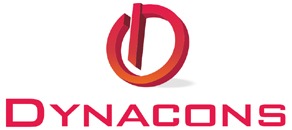
Follow WOWNEWS 24x7 on:
Updated: July 14, 2025 06:11

Indian public sector banks (PSBs) are aggressively pushing sub-prime lending to MSMEs by using government-supported guarantee schemes to lend to new-to-credit and lower-rated borrowers. The policy-push is transforming the MSME credit market, even as private banks play it safe with high-quality books.
Critical Trends in Lending Trends
PSBs have increased exposure to sub-prime MSME borrowers as 30.3% of their MSME book had such accounts as of March 2025.
Conversely, there are merely 18% of sub-prime accounts in private banks, with focus on super-prime borrowers which form 53.7% of their MSME book today.
Subprime borrowers pay 16–24% interest, the lower end of which is levied by PSBs.
Government Schemes Driving the Transition
Financing is facilitated mainly under two schemes of national significance: Credit Guarantee Fund for Micro Units (CGFMU) and Emergency Credit Line Guarantee Scheme (ECLGS).
Collectively, these schemes finance a loan of ₹6.28 lakh crore.
Despite the risk profile, NPAs under CGFMU and ECLGS remain at 9.9% and 6.4% respectively.
Asset Quality and Strategic Implications
The gross MSME NPA ratio is 3.6% against 4.5% during the previous year.
PSBs are adopting wide-based underwriting strategies, aiming to expand financial inclusion while managing risk through partial guarantees.
This sub-prime lending boom is a balancing act between inclusive growth and cautious banking, with PSBs taking center stage in credit democratization.
Sources: Economic Times, Reserve Bank of India, Business Standard, Indian Economic Review



